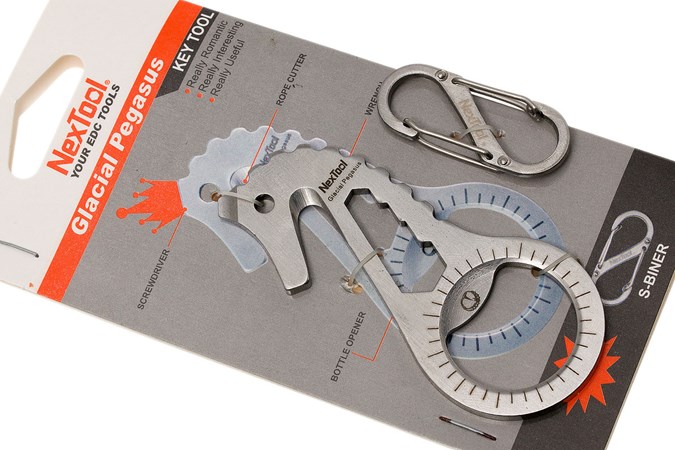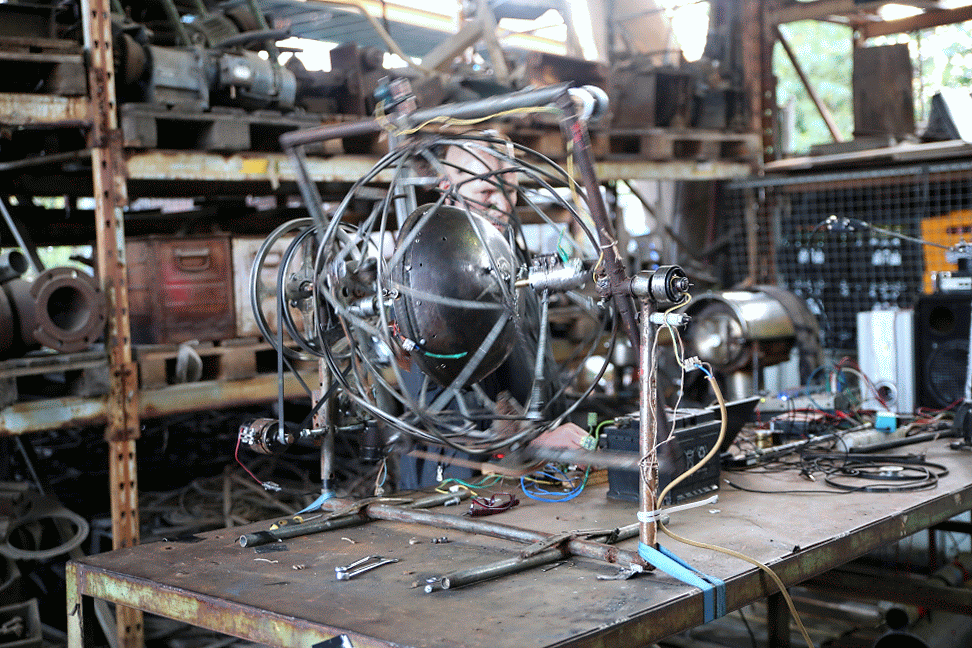

The pedal polarity is automatically detected.Ĭonnecting a single electronic drum pad to tap the tempo and the time signature in one bar is also possible. The device will accept both sustain momentary pedals and latching footswitches used with guitar amplifiers. You can use up to two pedals to control Mute, Play, or Tap Tempo.
USAMO VS MULTICLOCK PROFESSIONAL
That is 50000 times more precise than a MIDI Clock coming directly from a professional audio interface connected to a computer via USB and 50 times more accurate than its competitors.Īlmost every button and function of the Midronome is highly customizable, and remote control is easy by using a footswitch pedal. The MIDI Clock signal generated by the Midronome is currently the most precise on the market, with a measured jitter of 10 nanoseconds.

If a clock signal has too much jitter, it can create audible issues, for example, the sound cracking or the timing jumping.

The more jitter it has, the less precise the signal is. Jitter is the deviation of a clock signal like a MIDI Clock signal. This output can also be configured as a DIN clock output (also called sync24) used to sync vintage Roland machines like the TR-808, for example.Įxpanding the number of outputs is quickly done by connecting a MIDI-powered Thru box or by syncing multiple Midronomes together. It also has two CV/Analog clock outputs, configurable from 1 ppq to 24 ppq (parts per quarter note), to sync modular synths like Euroracks modules. The device has two MIDI outputs, which can be controlled independently using two buttons on the device or two pedals. This signal is generated by a provided DAW plugin in the VST, AU, or AAX formats. It does so by syncing to the DAW using a unique audio sync signal, as precise as the sample rate.
USAMO VS MULTICLOCK SOFTWARE
The device allows the recording software (DAW) to send a precise and reliable MIDI clock in time with the software and start hardware machines in time with the DAW’s metronome. The Midronome solves a specific problem in hybrid studios: recording software synths (VST) and hardware drum machines simultaneously, without latency or time issues. But the device never lost its core values in the process. Since then, new functionalities have been implemented and made the device suitable for many more usages: home-studios with a hybrid setup, complex live setup, solo artists, professional recording studios, and even theater orchestras. Affordability: the electronics and the device’s casing were smartly designed to reduce the costs without affecting the quality.The Midronome has few controls, easy setup directly on the device, and once configured, it only takes plugging three cables to be ready.Simplicity: live musicians already have so much to think about - lyrics, chords, song list, appearance, performance, preparation, nervousness.Reliability: its solid metal case, big red display, large solid knob, and clicky buttons make the device suitable for any stage, even the dark, rough and sweaty ones.That is how it got its three central core values: The device was initially designed for Live usage to give rock bands an easy way to add electronic music to their sound. Computers, DAWs, and DJ equipment with its unique audio sync.Modular synths with its CV/Analog clock.Vintage gear (pre-MIDI) with its DIN sync clock (sync24).

MIDI gear (synths, sequencers, drum machines, effects) with its MIDI Clock.It was created out of need because there was nothing like it on the market. The Midronome is a MIDI Master Clock that offers an easy, reliable, andĪffordable solution to these issues. Nowadays, many Live Musicians and Production Studios use a mix of these and often have sync issues. That added another level of complexity to the synchronization issues already there, software and digital audio adding latency, lack of precision, and unreliability to it all. Recently, computers also showed up at the party. These arpeggiators and sequencers played at a certain rhythm and tempo, and the acoustic musicians needed to follow. The ’70s saw the emergence of electronic instruments like synthesizers, often playing arpeggiated or sequenced notes. It starts with musicians: there is no groove if the drums and the bass do not play together.


 0 kommentar(er)
0 kommentar(er)
